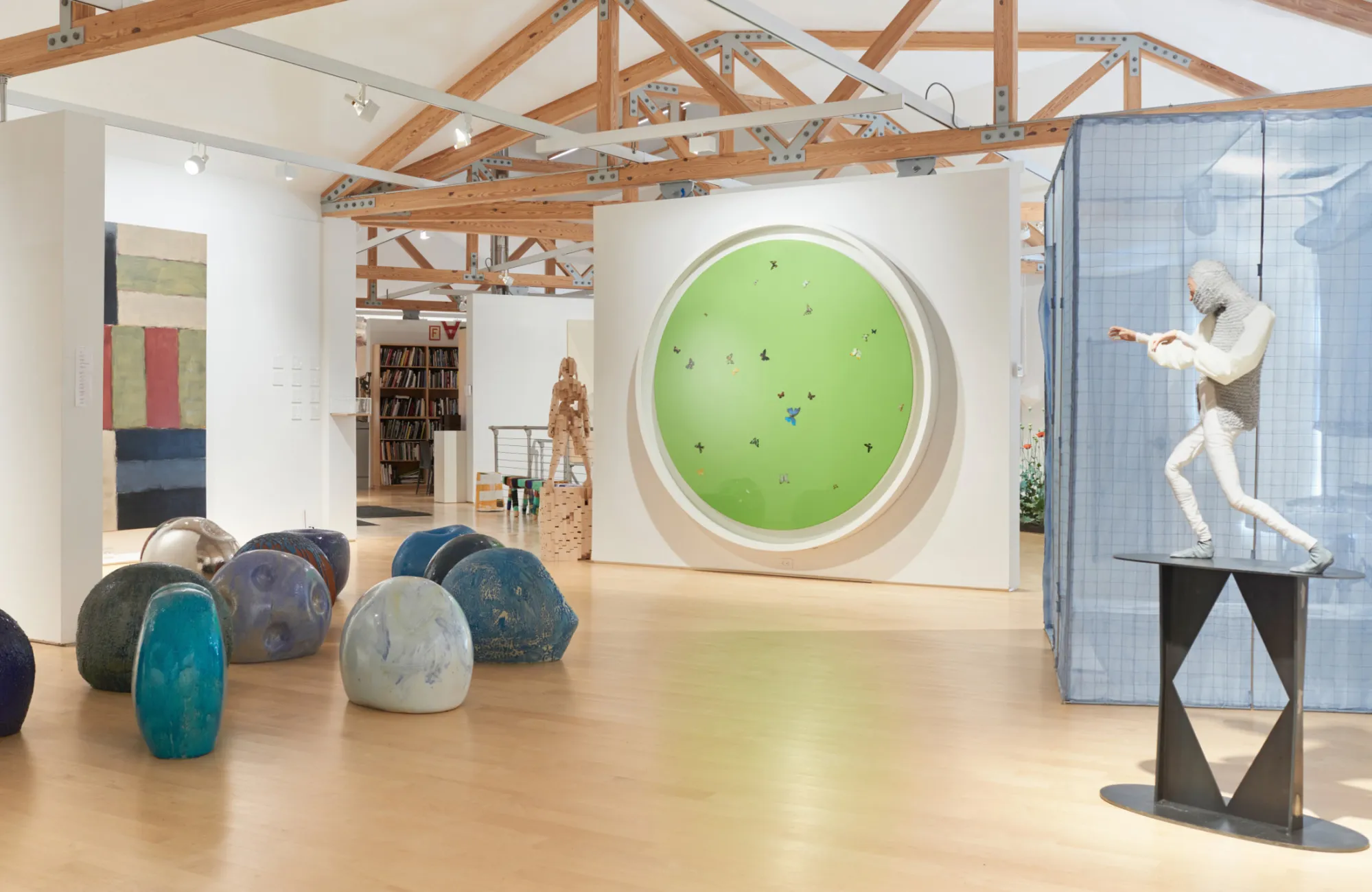
-
Glenn D. Lowry on Gustavo A. Cisneros
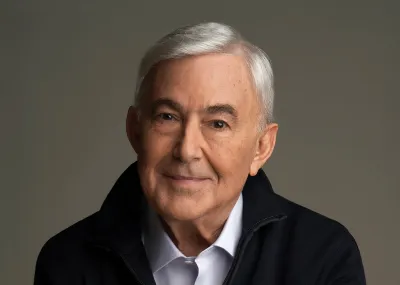
Image Credit: ©Timothy Greenfield-Sanders Gustavo A. Cisneros and his wife, Patricia “Patty” Phelps de Cisneros, number among the few collectors who have appeared in every edition of the Top 200 Collectors list since 1990; he died last December at 78. Over more than 50 years, the couple amassed an unrivaled collection focused on different areas of Latin American art. They have gifted some of their most important works to various museums around the world, including the Museum of Modern Art in New York, donating 102 objects in 2016. MoMA director Glenn D. Lowry remembers his almost 30-year friendship with Gustavo.
I first met Gustavo at a dinner party, one of the very first given for me and my wife, Susan [Chambers], at the Museum of Modern Art back in 1995. Gustavo was incredibly charming, intelligent, vivacious, courtly even—full of the most fascinating stories you could imagine, always willing to share ideas. He and Patty embraced Susan and me immediately and brought us into their lives.
Gustavo was an endlessly curious man, and he shared with Patty a passion for collecting. Patty was without question the driving force; Gustavo was never more than a step behind her in interest and knowledge. I think he took enormous pride in Patty’s achievements, and he was endlessly generous to the Museum of Modern Art. He understood that collecting Latin American art had multiple purposes: it would be a wonderful way to support artists throughout the region, to promote the importance of their work, and to enable especially American audiences to better understand the cultural richness of a region that meant so much to him.
The 2016 gift was absolutely transformative. Since the 1930s, the museum has had an important collection of Latin American art, but we did not collect geometric abstraction in depth, and that is the core and strength of Patty and Gustavo’s collection. Their gift transformed the museum in one almost magical moment. It made us, without question, one of the most important collections of Latin American art anywhere in the world. I had approached Patty and Gustavo with the idea to create a research center for Latin American art to ensure that the collection would always be used, [with the aim] to build future generations of knowledge and scholarship. They immediately embraced that idea.
Gustavo became, for me, a confidant. He was somebody I would turn to for advice and guidance whenever I had a difficult problem. He always gave me the most thoughtful and insightful responses. I miss that enormously. He was one of those incredibly worldly individuals who was a font of common sense and knowledge, and a strategic thinker. And I’ll miss the warmth of our friendship.
—As told to Maximilíano Durón
-
David Castillo on Rosa de la Cruz
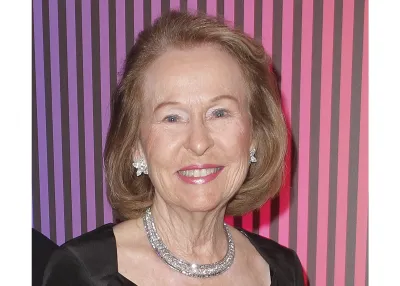
Image Credit: Photo John Parra/WireImage for MOCA via Getty Rosa de la Cruz and her husband, Carlos, reshaped Miami’s art scene with a private museum devoted to their holdings, the de la Cruz Collection; she died this past February at 81. The couple collected artists deeply, including Felix Gonzalez-Torres, Christina Quarles, Vaughn Spann, Mark Bradford, and many others. Miami gallerist David Castillo, whose professional relationship with de la Cruz began in 2005, when he sold her a video by Quisqueya Henriquez, recalls the collector.
Rosa had a shifting point of view, and so the collection took some shifts. She and Carlos started collecting Latin American art and shifted into contemporary art; thereafter, she devoted herself entirely to that. It was really a matter of what spoke to her. The collection had a range from very difficult work to large-scale installations to sculptures and paintings, and she collected artists in depth. If she really liked an artist and wanted to support their work, it was typical of her to buy several, or even a dozen, works by that artist. She did so with her own funds.
A lot of private collections are part private, part public—they get public funding. But with hers, there was never any public funding to keep it open. It was always her money used to buy the artwork; her money used to send low-income students to Europe. That was one thing that set apart not just her collection but her as well: she was very transparent.
[When she opened her museum], the idea of private museums was not new in Miami, with the Rubells and the Margulies family. But she did it in a very different way. The millions of dollars it costs to run the space were her own funds. The vision she had for it was very much her own, but it was open to the public. The programming was always free.
She was engaged with art in a profound way. She was self-taught on the subjects of contemporary art and art history, like most collectors, but she went the extra mile. She read every article, every monograph on an artist. She really wanted to understand things in-depth, so that she wasn’t just looking at an object and saying, “Oh, I like it, it’s pretty.”
People mostly know her for her collecting, but she was somebody who had very special connections to her closest friends and family, and she enjoyed those intimate moments, whether they were about art or something else. With her, on the surface, what you saw is what you got. Basically, if she didn’t like a work of art or didn’t agree with someone, she made it known. And so, for that reason, I always valued her.
—As told to Alex Greenberger
-
Dan Sallick on Dani Levinas
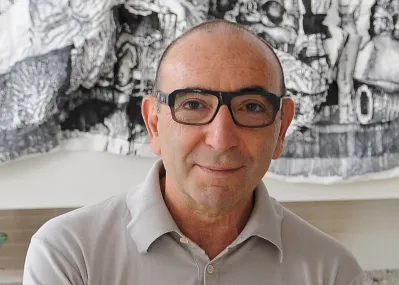
Image Credit: Astrid Riecken for the Washington Post via Getty Dani Levinas was not just a collector but a prominent interviewer of other collectors: his conversations with Eugenio López Alonso, the Rubells, Estrellita Brodsky, and many others were published first as a column in El País and later as a book, The Guardians of Art (2023); he died this past April at 75. Beyond conducting interviews, Levinas bought works by Latin American artists, and served on the boards of the Phillips Collection and the Hirshhorn Museum and Sculpture Garden, both in Washington, D.C. Dan Sallick, a past chair of the Hirshhorn, reflects on his friendship with Levinas.
When Dani and I first met, we were both on the board of the Hirshhorn. We discovered at that
point that we were neighbors. The thing I remember about Dani is how exuberant he was. He was always the best-dressed person in the room. You’d always be like: Why can’t I dress like that ? And you’d realize you never could.Everything about art made him excited. He had a great appreciation for the masters, but his true passion was younger artists. I’d go into his house, and I’d know about 25 percent of what was on his walls. He was not about name brands and name artists. His collection was all about experimentation—things that caught his eye, people he believed in, the relationships that he might have with those people.
He was very hands-on. There were no art advisers, it was very instinctual to him. And I think he loved talking to collectors and understanding what makes them tick. He was just fascinated by how people collected in different ways, and he just loved this idea of creating this shared moment in those interactions.
DC’s museums were a really big part of his life. He spent a lot of time unsuccessfully, but, I think, heroically, trying to create a Kunsthalle, a standalone space for temporary exhibitions, sort of like the European model, in Washington. It didn’t work out—the building was impossibly expensive—but it led him to the Phillips. I think his tenure at the Phillips helped push them to be a little more contemporary than they maybe had been in the past. DC has gotten a lot younger, a lot more sophisticated, and he sensed that. His attitude was always: just keep pulling people in.
He was one of the few people who never seemed afraid to just grab a piece of art, pick it up, and move it around. It was all very tactile to him. I remember I bought a very large piece by Ernesto Neto—he was a big fan of the artist. We were having a bunch of problems in the installation, so he literally just came over and said, “Give me a ladder!” I wouldn’t go near a piece of art like that. But it was very organic to him.
—As told to Alex Greenberger
-
Mary Sabbatino on Sherry Mallin
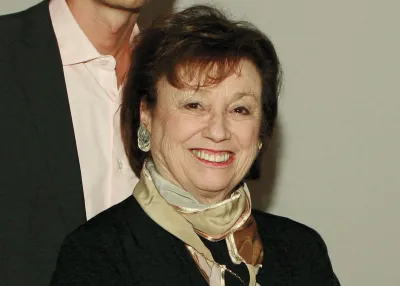
Image Credit: Shaun Mader/Patrick McMullan via Getty Sherry Mallin, who died this past November at 89, amassed a significant collection of outdoor sculptures with her husband, Joel. Together, the couple exhibited these works—by artists such as Andy Goldsworthy and Richard Serra—in the backyard of their home in Pound Ridge, New York. Mary Sabbatino, vice president and partner at New York’s Galerie Lelong & Co., remembers traveling the world with Sherry.
I met Sherry in the early ’90s—I don’t remember when, exactly—when she walked into the gallery, having received for Hanukkah a book of Andy Goldsworthy’s artworks. We chatted, and I told her all about it, and she told me about Buckhorn, the outdoor sculpture park that she and Joel, her husband, had in Pound Ridge. She asked if I thought Andy might want to do a site-specific project there. When she left, I woke up Andy in Scotland, and said, “we just got us one of those commissions!”
He did a project called Wood Through Wall [1993], the remains of which are still there. We found a fallen tree and dragged it to their property. Andy used one of his stonemasons from England to do the stone walling, and they worked the tree into the wall. Over time, of course, the tree deteriorated, and the wall has compressed. But she always talked about Wood Through Wall as a work that she laid on the generations before her. When she and Joel left the earth, other generations would lay their wall on top of hers. That has come true, right?
They had a quite eclectic collection. They had the true greats—Richard Serra and Dan Graham—and they also gave many artists their first outdoor commission, like Liza Lou and her Trailer [1998–2000], which they donated to the Brooklyn Museum. They loved artists, and so many of the artists treated them as their parents.
I loved looking at art with Sherry. Some collectors certainly appreciate the history and love an artist’s biography. And for her, that was meaningless information. Some of my favorite moments were when we would look at something, and I would say something to her about an artist’s biography, like I did one time when we were in Brazil. She’d sort of look at me and be patient. Then she would say, “But I don’t need any of that to appreciate and understand what this artist is telling me!” She was very direct. Honestly, I feel like I lost a major person in my life, not just as a collector but as a friend.
—As told to Alex Greenberger
-
Bruno Brunnet on Harald Falckenberg
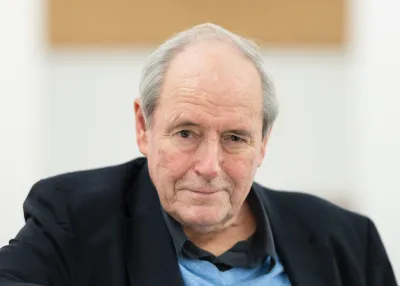
Image Credit: Daniel Reinhardt/picture alliance via Getty Harald Falckenberg was among the foremost art collectors in Germany, with an entire building devoted to his holdings at Hamburg’s Deichtorhallen, where his 2,400-piece collection is on long-term loan; he died this past November at 80. Bruno Brunnet, a founder of Berlin’s Contemporary Fine Arts gallery and a dealer who sold to Falckenberg, recalls the collector.
We met in 1999 or 2000 through Jonathan Meese [a German artist whose work Falckenberg collected]. Harald had the first house for his collection in a pump building near the airport in Hamburg, and he invited Jonathan to do something there. No one was interested in this pump house, but he thought: This is a venue where artists could do something, so why not? And so he did it. He was a very free spirit, and he knew it was always important to share the experience of art with the public—shared happiness was double the happiness for him. And you could always count on his word.
He was an intellectual—he studied law, and he was a constitutional lawyer in Hamburg. But art and art theory opened another window onto his life. I think it was very important for him to meet the artists in person. That made him unique. He was out in the city to look at art at least three or four days a week, and then he was working five to
six days a week full-time. So, in his free time, he went to see shows and galleries, he met artists, and he loved to talk about art.He learned that you have to make some stupid decisions. There’s a saying by Martin Kippenberger: “You don’t make stupid jokes in art.” I think that was very important for him. He made a few mistakes, but in general, he did well.
He was very interested in Kippenberger and [his generation] of artists, and he met [dealer] David Zwirner, so he became involved with American artists. Later on, he became more open-minded and more involved with conceptual art. He had everything from Sarah Lucas to Astrid Klein to Monica Bonvicini. When he saw something he liked, he thought about it and, if it stuck with him, he bought it. If not, he didn’t do it.
He came to the gallery sometimes, and when he saw something [he liked], you could tell from his face: you could see the machine start running. He was active at all times. And he was not someone who needed an adviser, because art was in his head seven days a week, 365 days a year. Art was what kept him going.
—As told to Alex Greenberger